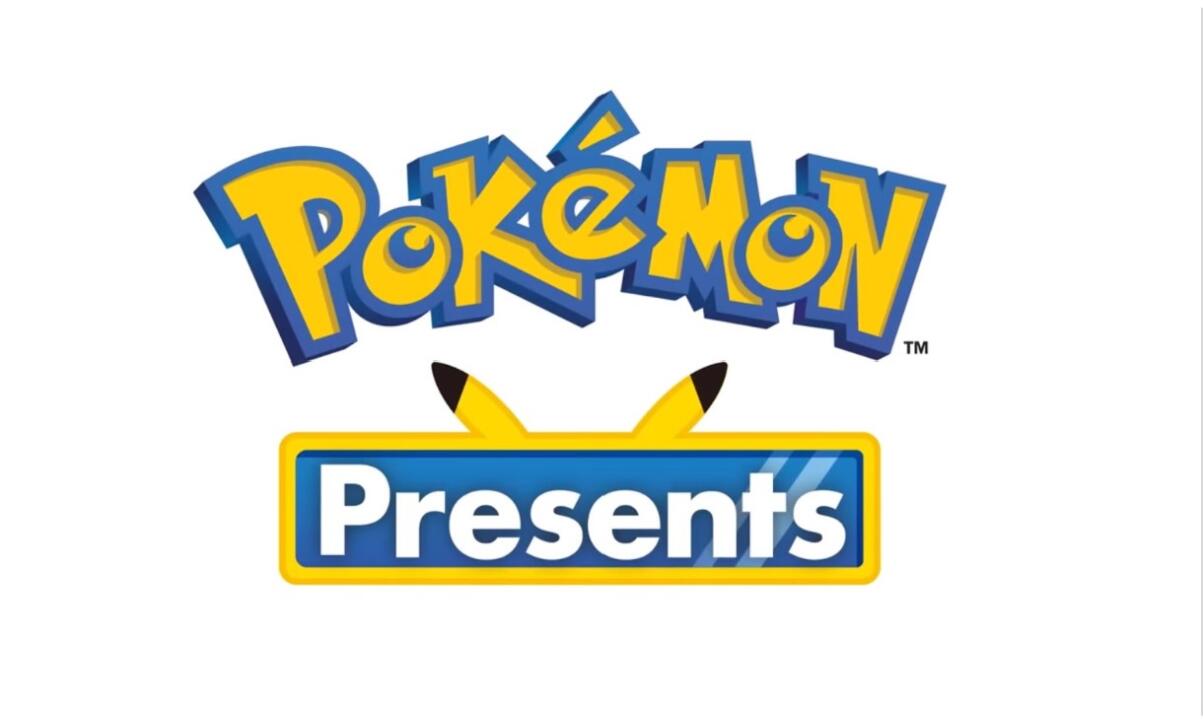2020 may be a disaster of a year, but, boy, has it brought us some great games. “Half-Life: Alyx,” “DOOM Eternal,” “Animal Crossing: New Horizons” — so many highly-anticipated and critically-acclaimed releases debuted this year, and, yet, the game everyone seems to be currently talking about is already two years old. “Among Us,” released by InnerSloth in June 2018, has taken the world by storm. The question is, why?
At first glance, “Among Us” is not all that different from plenty of other video games. It falls into the category of “social deduction game,” along with “Project Winter” and “Town of Salem.” “Among Us” is essentially the digital version of the party game, Mafia, where players are secretly assigned the role of mafia or townsperson. The goal is simple: the townspeople must find the identity of the mafia and vote them off while the mafia must kill off townspeople until they are the last man standing. In “Among Us,” the names are changed; “mafia” is labelled “impostor,” and “townsperson” is labelled “crewmate.” However, “Among Us” also has a few additional mechanics: crewmates must complete “tasks,” or simple puzzles, to keep their spaceship running, and impostors can sabotage these crewmates by locking doors, turning out the lights or forcing the crew to complete timed emergency tasks.
The premise of “Among Us” is not particularly innovative, but what the game lacks in inventiveness, it makes up for with charm, share-ability and accessibility. Beginning with charm, the game’s art style is simplistic and colorful, giving it visual appeal. Even the corpses of dead crewmates are cartoony and silly: two little legs and a bisected torso with a bone sticking out of it. There is no gore, no fear factor; just a bunch of cute little guys roaming around a spaceship with a murderer. As Desmond Oliver, vice president of the University of Maryland, Baltimore County Game Developers Club, pointed out, the game’s simplistic design makes it versatile. It is appropriate for a wide range of audiences, and, in the words of GDS President Anthony Ellis, the characters’ minimalist design allows for maximum “memeability.”
As Ellis explained, “Among Us” went viral for many reasons, one of which is the memes it inspired. People who may not have otherwise known about “Among Us” found the game through social media, as “red is sus” and other “Among Us” memes flooded Twitter and Instagram feeds. Additionally, content creators and influencers started playing the game, filling lobbies (or gaming groups) with massive streamers and YouTubers like xQcOW, Pewdiepie, Disguised Toast and Jacksepticeye. Collaborations of big-name creators in the gaming community not only led to abundant views on “Among Us” videos, but according to Oliver, they also tied viewers from different communities together over a common interest.
The rise of “Among Us” cannot be entirely attributed to cute art and social media — the game is also extremely accessible. It can be played across platforms, meaning that one player can participate through their phone, while another could be playing on their laptop for example. Beyond that, “Among Us” is free on Google Play and the App Store. Most importantly, the game is intuitive. Brandon Ellis, education master for GDS, explained that part of the reason why “Among Us” stands out against other social-deduction games is because it is rules-light and user friendly. Where games like Town of Salem require players to read long descriptions of rules and mechanics, “Among Us” makes things easy. “[Players] know how to control [their] characters right off the bat, the game highlights tasks and, [for] the impostor, there’s a big red button that says ‘kill,’” stated Brandon Ellis. The absence of skill-based barriers means that anyone can play and enjoy the game, whether they are a pro or a complete newbie.
The final key to understanding the sudden success of “Among Us” is timing. In the midst of a pandemic, everyone has been searching for ways to connect with their friends and families while in-person interactions are to remain limited. “Among Us” is a group game made for a maximum of ten players in one lobby. It can be played over voice calls or using the in-game text chat, giving players the opportunity to do something together, even when they are miles and miles apart. In 2020, the demand for communication-based, cross-platform multiplayer games is high. “Among Us” brings people together when we cannot be together in person, and, when it comes down to it, that is why “Among Us” is so incredible.
By Sarah Nove


